Buy the photo Mtb Rider on the opal coast by Nicola Mathu on canvas, ArtFrame, poster and wallpaper, printed on demand in high quality.
About "Mtb Rider on the opal coast"
by Nicola Mathu
About the artwork
Beautiful MTB tour along the Opal Coast, between Cap Blanc Nez and Cap Griz Nez.
The Opal Coast (French: Côte d'Opale) is a coastal strip in the Hauts-de-France region in northern France. It comprises part of the coastline along The Channel, from Dunkirk to Berck at the mouth of the Authie. The French coastal strip on the North Sea, between the Belgian border at Bray-Dunes and Dunkirk, is called Côte des Dunes de Flandre (Coast of the Flemish Dunes) and is the French part of the Flemish coast (Côte de Flandre and Côte flamand). The name Opal Coast was first used in 1911 by the painter Édouard Lévêque: "Is there anything in nature that possesses this variety of changing colours? Yes, that is opal, the precious gemstone that time and again produces that series of bursts of red and green. Henceforth, in addition to the Côte d'Azur, the Côte d'Émeraude and the Côte d'Argent, we can also add the Côte d'Opale, our Opal Coast!"[1] The character of the coast changes the further west one goes. While the North Sea coast near Dunkirk (French Westhoek) is fairly flat with a modest strip of dunes, the extreme north-western tip along the Strait of Dover at Cap Blanc-Nez and Cap Gris-Nez is characterised by chalk cliffs rising high above the sea. On top of Cap Blanc-Nez stands the Obelisk of Cap Blanc-Nez. Culturally and historically, the area is very recognisable: in the early Middle Ages, Germanic dialects were still spoken all along the coastline. Many place names therefore have a Lower Franconian or Flemish origin and resemble those found in Flanders. Over the centuries, the language border has moved further and further eastwards. At the beginning of the 21st century, only Franco-Flemish dialects are still spoken in the French Westhoek.

About Nicola Mathu
Landscape and wildlife photographer, who love nature and adventure.. Read more…
 Germany
Germany Ordered in April 2022
Ordered in April 2022
 Germany
Germany Ordered in November 2021
Ordered in November 2021
 Netherlands
Netherlands Ordered in December 2023
Ordered in December 2023
 Germany
Germany Ordered in March 2024
Ordered in March 2024
 Netherlands
Netherlands Ordered in June 2019
Ordered in June 2019
 Netherlands
Netherlands Ordered in August 2021
Ordered in August 2021
 Netherlands
Netherlands Ordered in April 2022
Ordered in April 2022
 Germany
Germany Ordered in April 2019
Ordered in April 2019
 Netherlands
Netherlands Ordered in August 2025
Ordered in August 2025
 Germany
Germany Ordered in July 2023
Ordered in July 2023
 Germany
Germany Ordered in December 2022
Ordered in December 2022
 Netherlands
Netherlands Ordered in May 2020
Ordered in May 2020
About the material
ArtFrame™
Interchangeable Art Prints
- High-quality print
- Easily interchangeable
- Acoustic function
- Large sizes available
Discover the artworks of Nicola Mathu
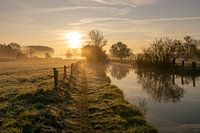 Swalm Brook early in the morning on a cold and foggy dayNicola Mathu
Swalm Brook early in the morning on a cold and foggy dayNicola Mathu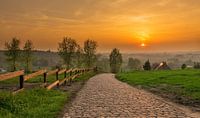 sunset over patersbergNicola Mathu
sunset over patersbergNicola Mathu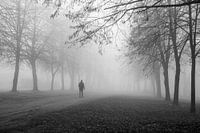 the lonely man in the misty forestNicola Mathu
the lonely man in the misty forestNicola Mathu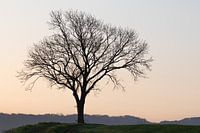 Lonely treeNicola Mathu
Lonely treeNicola Mathu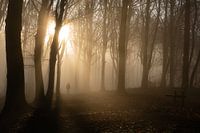 the misty hermitage forestNicola Mathu
the misty hermitage forestNicola Mathu The picturesque town of Durbuy in the ArdennesNicola Mathu
The picturesque town of Durbuy in the ArdennesNicola Mathu Walk in the misty forestNicola Mathu
Walk in the misty forestNicola Mathu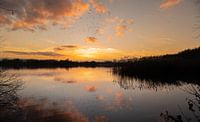 sunset at donk pondNicola Mathu
sunset at donk pondNicola Mathu sunrise in GeraarsbergenNicola Mathu
sunrise in GeraarsbergenNicola Mathu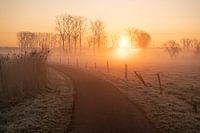 sunrise in GeraarsbergenNicola Mathu
sunrise in GeraarsbergenNicola Mathu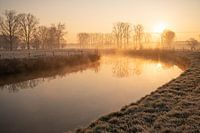 sunrise in GeraarsbergenNicola Mathu
sunrise in GeraarsbergenNicola Mathu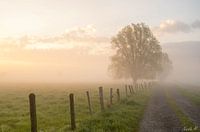 Morning at the langemeersenNicola Mathu
Morning at the langemeersenNicola Mathu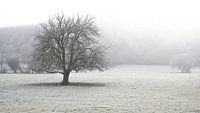 winter day in the ardennesNicola Mathu
winter day in the ardennesNicola Mathu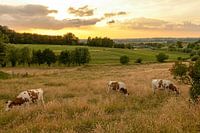 sunset in kluisbergenNicola Mathu
sunset in kluisbergenNicola Mathu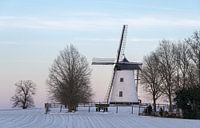 Ter Hengst millNicola Mathu
Ter Hengst millNicola Mathu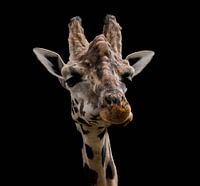 Giraffe in colour with black backgroundNicola Mathu
Giraffe in colour with black backgroundNicola Mathu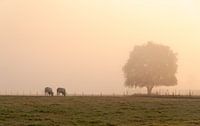 early morning in the village of anseroeulNicola Mathu
early morning in the village of anseroeulNicola Mathu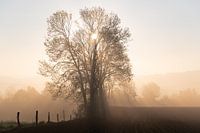 Sunrise in KluisbergenNicola Mathu
Sunrise in KluisbergenNicola Mathu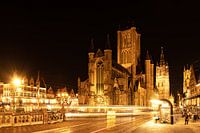 Ghent By NightNicola Mathu
Ghent By NightNicola Mathu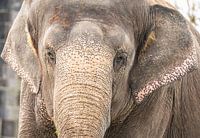 African ElephantNicola Mathu
African ElephantNicola Mathu
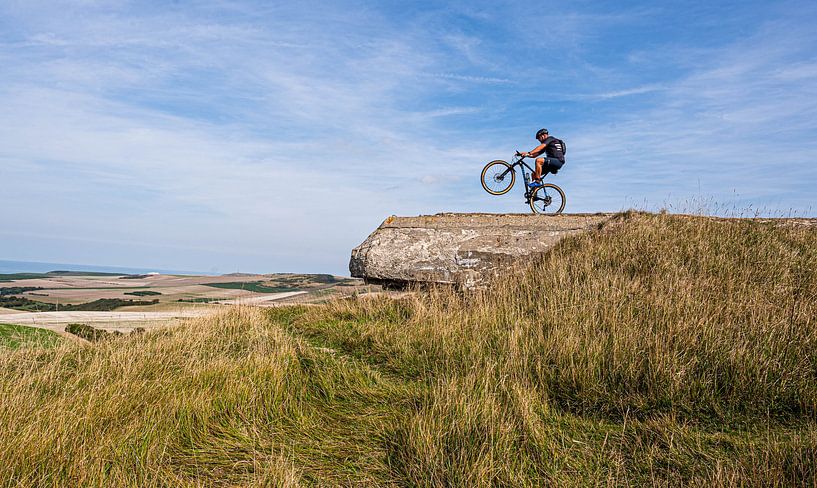

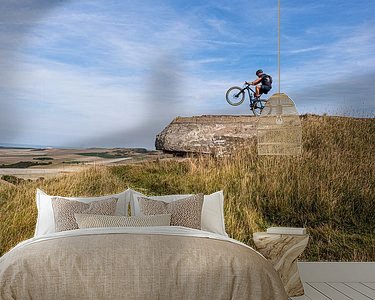










 France
France Photo wallpaper
Photo wallpaper Photography
Photography









